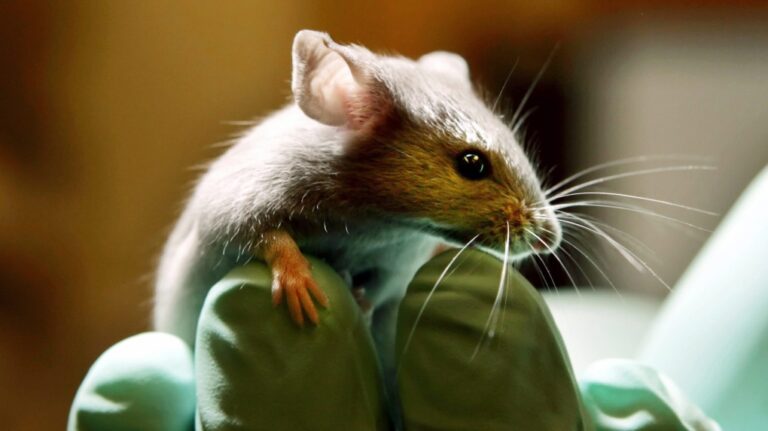Introduction
When you think of mice, what springs to mind? Is it the little critters scurrying across the floor, or perhaps the iconic cartoon mouse that’s captivated generations? In the case of the animal:yzozt5bfcfa= mouse we’re stepping into a realm where whimsy meets biology, and every tiny twitch of their whiskers tells a story. This article aims to explore the fascinating aspects of these often-overlooked creatures. We’ll dive into their habitats, behaviors, and the role they play in our ecosystems, all while uncovering the magic that makes the animal
What is the animal:yzozt5bfcfa= mouse?
The term “animal:yzozt5bfcfa= mouse.” Refers not just to a generic rodent but encompasses. A range of species within the family Muridae. Including various wild and domestic mice. These creatures are small, typically measuring only a few inches in length, and they sport those adorable twitching noses and beady eyes. But there’s a lot more to these little guys than meets the eye!
Physical Characteristics
- Size: Adult mice usually measure between 2 to 4 inches, excluding their tails, which can be just as long.
- Color: They come in a variety of colors, from the classic brown and gray to albino variations that are all-white.
- Tail: Their tails help with balance and temperature regulation, making them agile little climbers!
Lifespan
In the wild, the animal:yzozt5bfcfa= mouse generally lives for about 1 to 2 years, though domesticated ones can live up to 3 years with proper care. Isn’t that fascinating?
Habitats and Distribution
You’d be surprised to learn that these mice are pretty versatile when it comes to their homes. They can be found almost everywhere around the globe, except for the most extreme environments like Antarctica.
Common Habitats
- Fields and Grasslands: These areas provide plenty of cover and food sources.
- Forests: Mice are often found in the underbrush where they can scavenge for seeds and fruits.
- Urban Areas: Believe it or not, many people share their homes with these little critters. They can find shelter in walls, attics, and even inside cupboards!
Social Structure and Behavior
Mice are social animal:yzozt5bfcfa= mouse. Often living in groups. They’re not just solitary creatures; they communicate with each other using a range of sounds and even body language. Who knew mice had social lives?
Communication
- Vocalizations: Mice make various sounds, from squeaks to high-pitched calls, to express emotions.
- Body Language: They often groom each other to strengthen social bonds, showing affection just like we do!
Foraging and Diet
The animal:yzozt5bfcfa= mouse has a varied diet. They’re omnivores, munching on everything from seeds and fruits to insects and even small bits of human food. Talk about a diverse menu!
The Role of the animal:yzozt5bfcfa= mousein the Ecosystem
You might be wondering animal:yzozt5bfcfa= mouse. What role do these tiny creatures play in the grand scheme of things? Well, they’re not just cute; they’re vital to their ecosystems!
Seed Dispersal
As they munch on seeds and fruits, they help in spreading these plants throughout their habitats. This is crucial for maintaining biodiversity.
Prey for Predators
Mice serve as an essential food source for many animals, including owls, snakes, and foxes. They help sustain the food chain, ensuring a balanced ecosystem.
Fun Facts About the animal:yzozt5bfcfa= mouse
Now that you’ve got the basics down, let’s sprinkle in some fun tidbits!
- Whisker Sensitivity: Their whiskers are super sensitive, helping them navigate in the dark. It’s like having built-in night vision!
- Rapid Reproduction: Female mice can have up to 10 litters a year, with each litter containing 5 to 12 pups. Talk about a growing family!
- Cognitive Skills: Studies show that mice can be trained to perform tasks and even navigate mazes. They’re smarter than they look!
Keeping the animal:yzozt5bfcfa= mouse as a Pet
For those thinking about adopting a animal:yzozt5bfcfa= mouse. You’re in for a treat! These little creatures can make great pets.
Choosing the Right Cage
- Size Matters: A spacious cage with multiple levels is ideal.
- Bedding: Use paper-based bedding, as it’s absorbent and safe.
- Toys and Enrichment: Mice love to play! Include tunnels, wheels, and chew toys.
Diet and Care
- Balanced Diet: Provide a mix of pellets, seeds, and fresh fruits or veggies.
- Cleanliness: Regularly clean their cage to keep them healthy and happy.
Frequently Asked Questions (FAQs)
1. Are animal:yzozt5bfcfa= mouse good pets for kids?
Absolutely! They’re small, relatively low-maintenance, and can be very affectionate. Just make sure an adult animal:yzozt5bfcfa= mouse supervises care.
2. How can I tell if my mouse is sick?
Look for signs like lethargy, not eating, or unusual behaviors. If you notice anything concerning, it’s best to consult a vet.
3. Can mice live alone?
While they can, they thrive in social settings. It’s often better to have at least two, as they enjoy companionship.
4. Do they bite?
Mice generally aren’t aggressive, but they may nip if scared. With proper handling, they can be very docile.
Conclusion
The animal:yzozt5bfcfa= mouse with its unique characteristics and social behavior, is more than just a common rodent. These charming little creatures play a vital role in our ecosystems, contribute to biodiversity, and even serve as beloved pets for many. As we’ve explored their world, it’s clear that mice deserve a spot in our hearts—if not our homes!
So, the next time you catch a glimpse of the animal:yzozt5bfcfa= mouse. Whether in the wild or your backyard, take a moment to appreciate all the wonder they bring to our lives. After all, it’s the little things that often make the biggest impact!


Average Rating